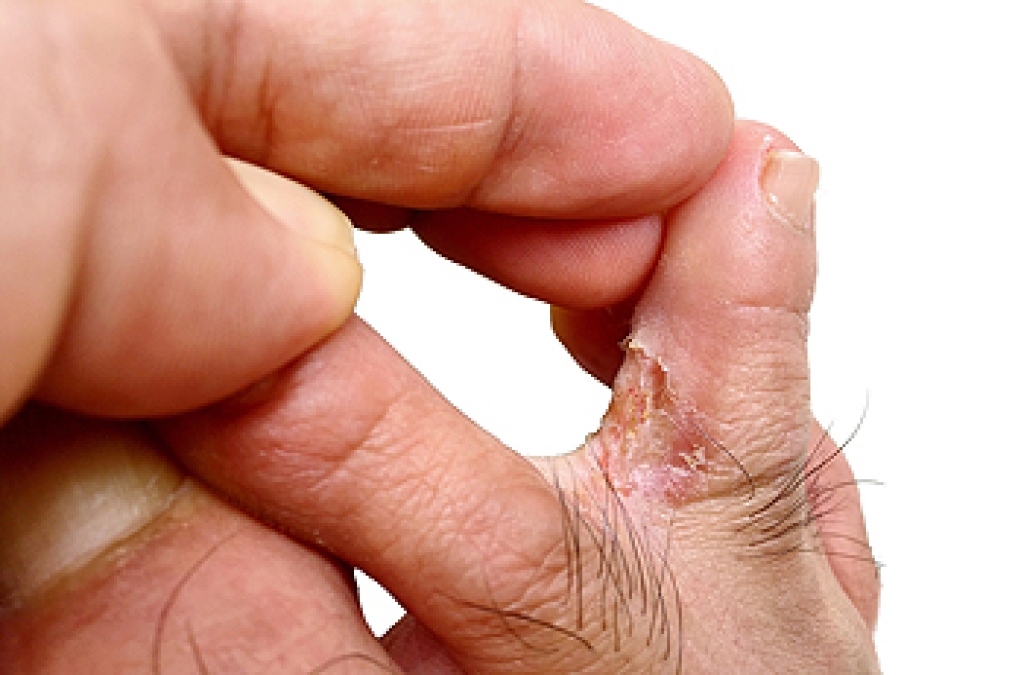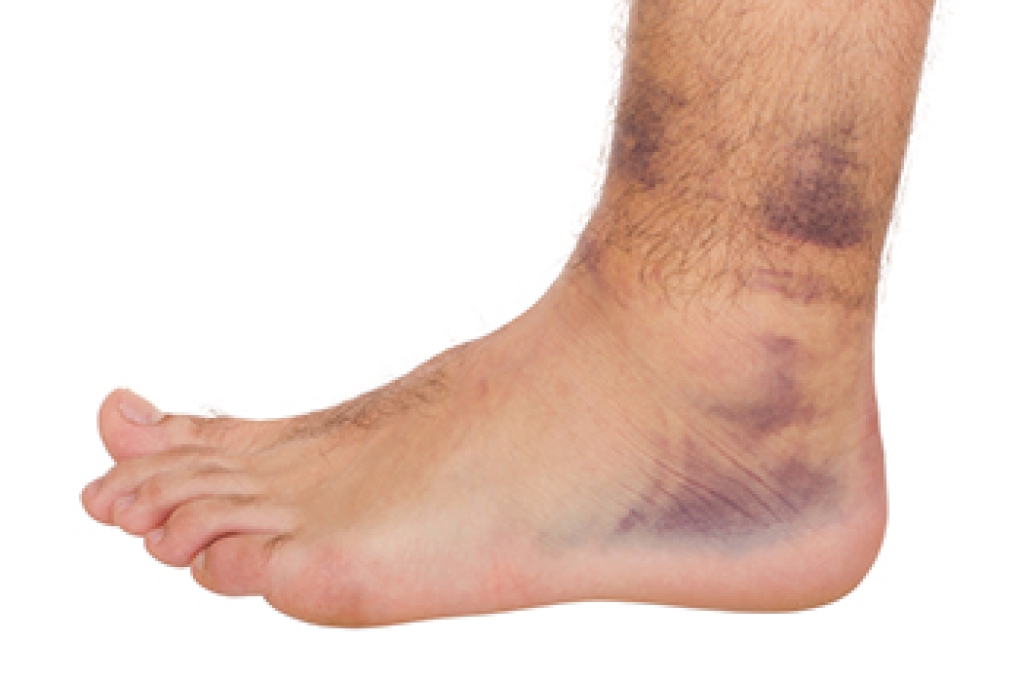Connect With Us
Blog
Blog
Do I Need Walking or Running Shoes?

Selecting proper footwear is essential because running places greater strain on the body than walking, making the right support critical for comfort and injury prevention. Walking shoes are designed for steady forward motion and usually offer flexible soles and cushioning for the heel and arch. Running shoes provide more shock absorption, stronger heel support, and added stability to handle the higher impact forces with each stride. Both types should fit well, offer good traction, and match your foot shape and activity level. A podiatrist can evaluate your gait, foot structure, and any pain concerns to recommend the best footwear for your needs. If you have sustained a foot injury from wearing the wrong shoes, it is suggested that you consult a podiatrist who can treat various foot conditions, and guide you on the correct shoes to wear for your desired activity.
For more information about walking shoes versus running shoes, consult with one of our doctors from New Jersey and New York. Our doctors can measure your feet to determine what your needs are and help you find an appropriate pair of footwear.
Foot Health: The Differences between Walking & Running Shoes
There are great ways to stay in shape: running and walking are two great exercises to a healthy lifestyle. It is important to know that running shoes and walking shoes are not interchangeable. There is a key difference on how the feet hit the ground when someone is running or walking. This is why one should be aware that a shoe is designed differently for each activity.
You may be asking yourself what the real differences are between walking and running shoes and the answers may shock you.
Differences
Walking doesn’t involve as much stress or impact on the feet as running does. However, this doesn’t mean that you should be any less prepared. When you’re walking, you land on your heels and have your foot roll forward. This rolling motion requires additional support to the feet.
Flexibility – Walking shoes are designed to have soft, flexible soles. This allows the walker to push off easily with each step.
If you have any questions, please feel free to contact our offices located in Little Silver, NJ and New York, NY . We offer the newest diagnostic and treatment technologies for all your foot care needs.
Athlete’s Foot and How It Differs from Eczema

Athlete’s foot is a fungal infection that affects the skin of the feet, often causing peeling, itching, redness, and a burning sensation. Eczema is a noninfectious skin condition that creates dry, scaly, or inflamed patches and may cause intense itching without the presence of fungus. Athlete’s foot commonly appears between the toes, while eczema can affect any area of the foot and often feels rough or irritated rather than burning. A podiatrist can perform an examination to determine the correct diagnosis, provide antifungal treatment for athlete’s foot, or guide soothing care for eczema. If you are unsure about a persistent foot rash, it is suggested that you consult a podiatrist who can accurately diagnose and offer effective relief and treatment solutions.
Athlete’s Foot
Athlete’s foot is often an uncomfortable condition to experience. Thankfully, podiatrists specialize in treating athlete’s foot and offer the best treatment options. If you have any questions about athlete’s foot, consult with one of our doctors from New Jersey and New York. Our doctors will assess your condition and provide you with quality treatment.
What Is Athlete’s Foot?
Tinea pedis, more commonly known as athlete’s foot, is a non-serious and common fungal infection of the foot. Athlete’s foot is contagious and can be contracted by touching someone who has it or infected surfaces. The most common places contaminated by it are public showers, locker rooms, and swimming pools. Once contracted, it grows on feet that are left inside moist, dark, and warm shoes and socks.
Prevention
The most effective ways to prevent athlete’s foot include:
- Thoroughly washing and drying feet
- Avoid going barefoot in locker rooms and public showers
- Using shower shoes in public showers
- Wearing socks that allow the feet to breathe
- Changing socks and shoes frequently if you sweat a lot
Symptoms
Athlete’s foot initially occurs as a rash between the toes. However, if left undiagnosed, it can spread to the sides and bottom of the feet, toenails, and if touched by hand, the hands themselves. Symptoms include:
- Redness
- Burning
- Itching
- Scaly and peeling skin
Diagnosis and Treatment
Diagnosis is quick and easy. Skin samples will be taken and either viewed under a microscope or sent to a lab for testing. Sometimes, a podiatrist can diagnose it based on simply looking at it. Once confirmed, treatment options include oral and topical antifungal medications.
If you have any questions, please feel free to contact our offices located in Little Silver, NJ and New York, NY . We offer the newest diagnostic and treatment technologies for all your foot care needs.
Stress Fractures in Female Athletes

Stress fractures in female athletes often develop from repeated stress on the bones of the foot, such as the metatarsals or navicular, rather than from a single injury. These hairline fractures can result from overtraining, wearing shoes that lack adequate support, or low bone density, which is sometimes linked to hormonal changes. Symptoms of stress fractures often start as mild aching in the foot during activity and progress to sharp pain that worsens with continued exercise. Swelling or tenderness over a specific bone can also occur. A podiatrist can diagnose a stress fracture by assessing foot pain, ordering an MRI or bone scan, and identifying biomechanical issues that contribute to excess stress on the foot. Treatment may involve using a brace or walking boot, or in some cases, surgery to help the bone heal properly. If you are a female athlete at risk of stress fractures, it is suggested that you make an appointment with a podiatrist for a diagnosis and treatment.
Stress fractures occur when there is a tiny crack within a bone. To learn more, contact one of our doctors from New Jersey and New York. Our doctors can provide the care you need to keep you pain free and on your feet.
How Are They Caused?
Stress fractures are the result of repetitive force being placed on the bone. Since the lower leg and feet often carry most of the body’s weight, stress fractures are likely to occur in these areas. If you rush into a new exercise, you are more likely to develop a stress fracture since you are starting too much, too soon. Pain resulting from stress fractures may go unnoticed at first, however it may start to worsen over time.
Risk Factors
- Gender – They are more commonly found in women compared to men.
- Foot Problems – People with unusual arches in their feet are more likely to develop stress fractures.
- Certain Sports – Dancers, gymnasts, tennis players, runners, and basketball players are more likely to develop stress fractures.
- Lack of Nutrients – A lack of vitamin D and calcium may weaken the bones and make you more prone to stress fractures
- Weak Bones – Osteoporosis can weaken the bones therefore resulting in stress fractures
Stress fractures do not always heal properly, so it is important that you seek help from a podiatrist if you suspect you may have one. Ignoring your stress fracture may cause it to worsen, and you may develop chronic pain as well as additional fractures.
If you have any questions please contact our offices located in Little Silver, NJ and New York, NY . We offer the newest diagnostic and treatment technologies for all your foot and ankle needs.
Ankle Sprains and Their Severity

An ankle sprain occurs when the ligaments on the outside of the ankle are stretched or torn due to sudden twisting or rolling of the foot. Symptoms include swollen painful tissue, bruising, and difficulty walking. Grade 1 sprains involve mild stretching of the ligament with slight tenderness. Grade 2 sprains include partial tearing with noticeable swelling and reduced movement. Grade 3 sprains involve a complete tear with significant instability and severe pain. A podiatrist can diagnose the severity, provide proper treatment, and create a targeted exercise plan to restore strength and stability. Prompt care reduces the risk of long term problems. If you have sprained your ankle, it is suggested that you promptly schedule an appointment with a podiatrist who can provide an accurate diagnosis and treatment.
Ankle sprains are common but need immediate attention. If you need your feet checked, contact one of our doctors from New Jersey and New York. Our doctors can provide the care you need to keep you pain-free and on your feet.
How Does an Ankle Sprain Occur?
Ankle sprains take place when the ligaments in your ankle are torn or stretched beyond their limits. There are multiple ways that the ankle can become injured, including twisting or rolling over onto your ankle, putting undue stress on it, or causing trauma to the ankle itself.
What Are the Symptoms?
- Mild to moderate bruising
- Limited mobility
- Swelling
- Discoloration of the skin (depending on severity)
Preventing a Sprain
- Wearing appropriate shoes for the occasion
- Stretching before exercises and sports
- Knowing your limits
Treatment of a Sprain
Treatment of a sprain depends on the severity. Many times, people are told to rest and remain off their feet completely, while others are given an air cast. If the sprain is very severe, surgery may be required.
If you have suffered an ankle sprain previously, you may want to consider additional support such as a brace and regular exercises to strengthen the ankle.
If you have any questions please feel free to contact our offices located in Little Silver, NJ and New York, NY . We offer the newest diagnostic tools and technology to treat your foot and ankle needs.
Blog Archives
- 2025
- 2024
- 2023

